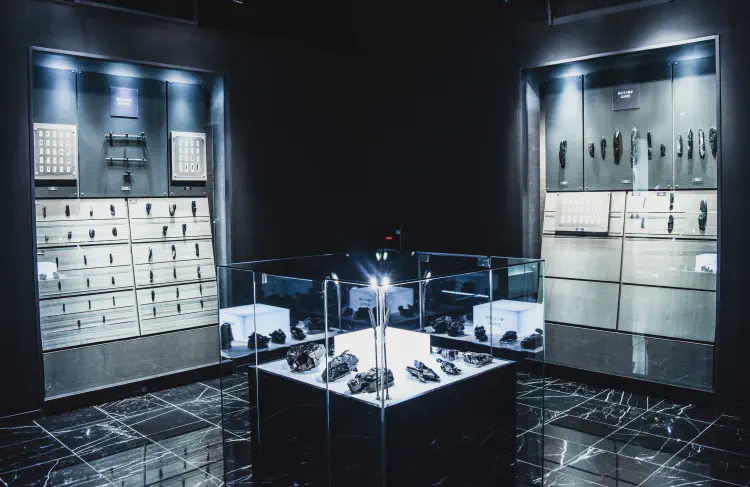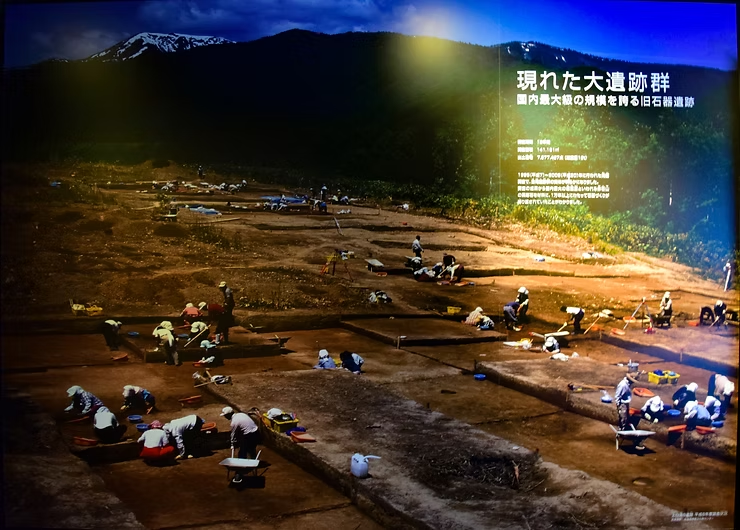Engaru Archaeological Centre: Tracing Hokkaido's Ancient Cultures
Discover the Shirataki Palaeolithic site and the unique prehistoric cultures of Hokkaido at the Engaru Archaeological Centre.

- Dr. Vivek Shilimkar
- 4 min read

“A land with the ruins speaks the history.”
Ruins are traces of life, telling us about the people and their ways in the past. These remnants help us understand how ancient people lived. Hokkaido, which only became part of Japan in 1868, was long home to the Ainu and other unique cultures. While rice cultivation began on the Japanese mainland at the end of the Jomon period (14,000 BC – 300 BC), Hokkaido’s people relied on the island’s rich natural environment and influences from surrounding regions, developing their own distinctive cultures: Zoku-Jomon (Post-Jomon), Satsumon, Okhotsk, and Ainu.
Japan’s Largest Palaeolithic Ruins: The Shirataki Site
- Research Period: 12 years
- Research Area: 141,161 square meters
- Unearthed Relics: 7,677,467 items (total weight: 12 tons)

Engaru town, in the Shirataki area, is home to this remarkable archaeological centre. Excavations from 1995 to 2008 revealed that Mt. Akaishi was Japan’s largest source of obsidian, used for over 10,000 years to make stone tools. Magma from Mt. Akaishi erupted about 2.2 million years ago, cooling rapidly to form obsidian. Ten outcrops have been identified, and rivers like Hachigosawa-gawa (gawa means River), Tokachiishizawa-gawa, and Horokayubetsu-gawa, all flowing from Mt. Akaishi, were key sites for collecting high-quality obsidian.

What Did They Find?
Surprisingly, many Palaeolithic remains (50,000–30,000 BC) were found just 30–50 cm below the surface, in a thin but artifact-rich clay layer.

History of Palaeolithic Period’s study in Shirataki area.
Large stone tools were first found by Dr. Eiji Toma and Dr. Yoshihito Matsudaira in the early 20th century, but full-scale research began in 1952. Dr. Masakazu Yoshizaki and the Shirataki research group made major contributions, including revealing the “Yubetsu method” for making microliths.
Stone Tools of Shirataki
- Microlith: Small stone blade (<1 cm wide), inserted into bone or horn to form composite tools. Highly portable and essential for nomadic life.

- Point: Biface for spears, used in hunting. Varied in size and shape (leaf, willow-leaf, tongued). Large, advanced points (>40 cm) have been found here.
- Stone Blade: Rectangular, efficiently produced for cutting, shaving, and scraping.
- Knife: For cutting and piercing.
- Cone: For making holes in pelts, with a drill-like tip.
- Scraper: For scraping meat from hides, with a circular blade.
- Carver: For shaving wood or bone, or cutting grooves like a chisel.
- Chipper: For cutting and shaving with a linear blade.

Click the arrows to view more photos from the Engaru Archaeological Centre.
Hands-On Experience
The centre offers a hands-on section where visitors can try making tools using Palaeolithic techniques. Using deer horn as a hammer, you can attempt to shape obsidian into a spearhead—an experience that reveals just how challenging ancient toolmaking was!
Watch a me in making obsidian tool at the Engaru Archaeological Centre.
I was given an almost cuboid-shaped piece of obsidian. Using a deer horn as a hammer, I tried to shape it into a spearhead.


The obsidian tool I made using deer horn at the Engaru Archaeological Centre.
I’m sure after reading this article you are tempted to go to this Archaeological Centre. So, here is how to go there.
How to Visit
- Address: 138-1 Shirataki, Engaru-cho, Monbetsu-gun, Hokkaido 099-0111
- Plus Code: V5PV+M4 Engaru, Hokkaido
- Google Maps: Engaru Archaeological Centre
By Car: 217 km from Sapporo Station (approx. 2 hr 50 min)
By Train:
- Take JR Okhotsk-Taisetsu from Sapporo Station
- Get down at Shirataki Station (1.1 km from the centre)
- Time required: 3 hr 12 min
By Bus:
- From Sapporo Ekimae BT Bus Stop, take a bus for Engaru
- Get down at Shirataki Bus Stop (400 m from the centre)
- Time required: 3 hr 25 min
Explore the ancient cultures of Hokkaido and try your hand at prehistoric toolmaking at the Engaru Archaeological Centre.
Happy Exploring!